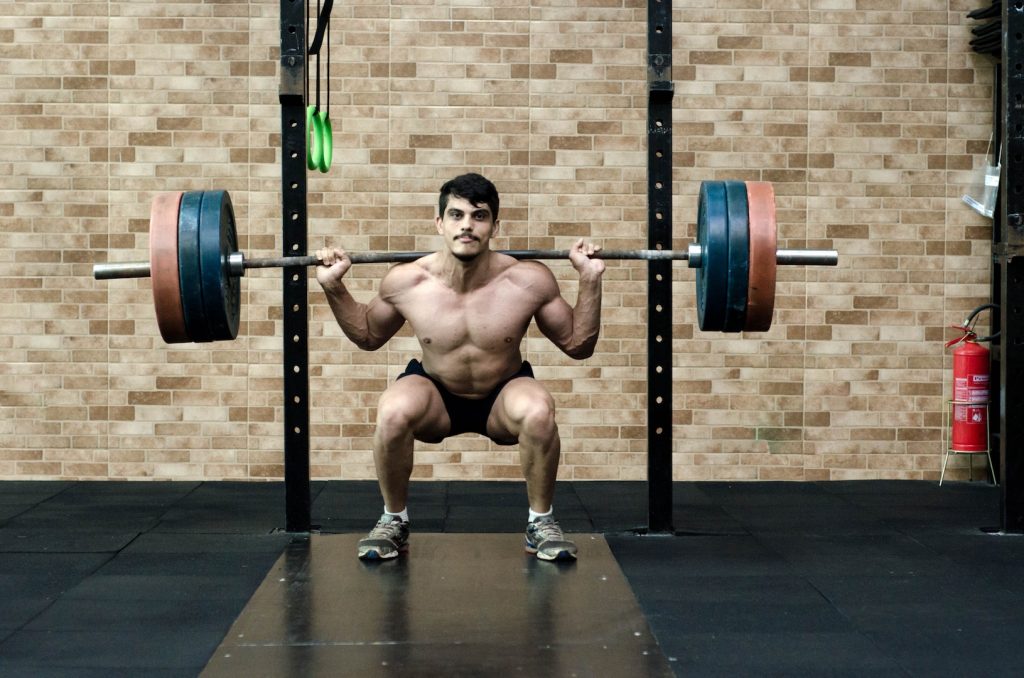Proper Techniques for Lifting Items Safely
Why it Matters
We’ve all done it at least once. You bend over to pick something up. You’re not really thinking about what you’re doing, your body posture, or how you’re moving. You lift the object, and pain shoots up through your back, causing you to wince. Hopefully this pain didn’t last long. If that’s the case, you were lucky. However, back injuries are no joke and they can leave you permanently damaged if they are serious enough. To throw salt in the wounds, if you’re just starting out in junk removal, that can limit your earning potential. If an employee gets hurt, not only will they have to deal with the pain, but you will have to deal with increased down time and much higher Workers’ Compensation expenses.
Dr. Sellers of Peak Chiropractic explains proper lifting techniques to prevent injuries.
In order to avoid catastrophe, you should always employ proper form when lifting objects of any weight. Train your team members how to properly lift, too – it will potentially save them from a lifetime of pain and save you a ton of money. Safe lifting procedures (and much more) are covered in our Junk Removal Operations Manual, which is included in our Complete Business Package. If you purchase the Business Package, Dr. Sellers, who is featured in the above video, will provide one-on-one training to teach you perfect lifting techniques for a variety of common junk removal situations.
The Basics
First, we’ll address what not to do.
- Don’t round your back. As shown in the video, a rounded back is subtle, yet very noticeable. Many people naturally tend to round their backs when they lift, but make sure you avoid this tendency.
- Don’t look down. Lowering your head is a great way to end up with a rounded back – and an injury.
- Don’t twist your body. NEVER twist your back while under weight or even unweighted with a rounded back.
Instead, follow these guidelines to lift safely.
- Keep a flat back. As Dr. Sellers puts it, “keep a flat back mentality.” Actively think about what you are doing with your back. Look ahead, keeping your head up and your back straight. Do not hunch over at all or allow your shoulders to sag. Throughout the lift, maintain your flat back, even if the item is heavy and you are struggling to lift it. Rounding your back will not make items easier to lift – it will just add harmful strain.
- Keep your head up. Look ahead or slightly up as you grasp and lift each object. This will naturally help you keep your back flat and prevent unintentional rounding.
- Maintain proper squat form and lift with your legs. When you begin the lift, especially if you aren’t accustomed to using proper form, you may find yourself wanting to shift weight to your back. Don’t do this. When you transfer the weight to your back, you round it to gain an initial force to start your lift. Instead, push down through your heels and lift using the strength of your legs. If you find this difficult, use weight training to increase your leg strength.
Proper squat form may feel strange or difficult at first if you are not used to it, but good posture is an easy and free way to save yourself a ton of pain and money down the road.
The Message
Even if you’ve been lifting incorrectly your whole life, it’s not too late to implement these changes. Correcting your form is simple and free, and you’ll immediately reap the benefits. Over time, learning to use your legs will make you stronger, increasing the amount of weight you can lift. You’ll save yourself from injury, back pain, and the long-term effects these can have on you. Finally, you’ll save a ton of money either on your own medical bills or on Workers’ Compensation costs for your injured employees.
As always, call or email us with any questions, and let us know what JRA can do for you!

